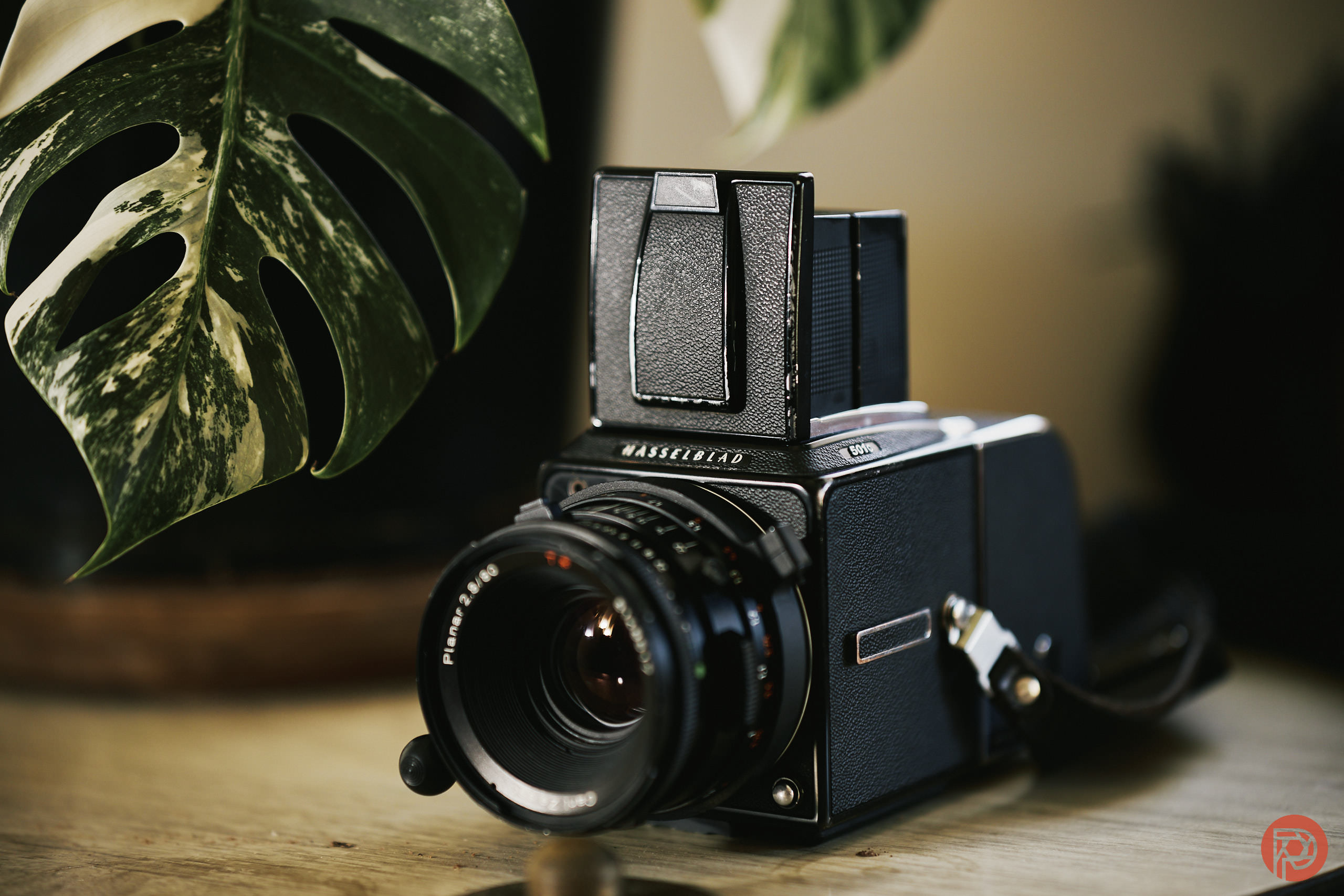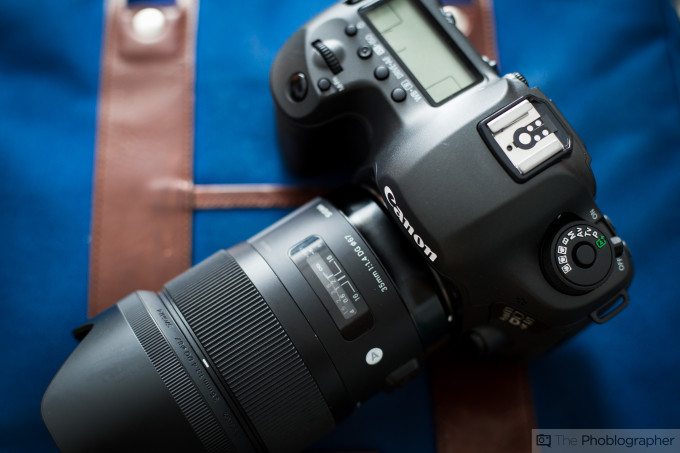
It’s true: DSLRs are back. These are the cameras that I once swore off because of their lack of adaptability to being low-vision. But others swore them off for being too large, heavy, and not able to keep up with the technological needs required these days. As time went on, we found out that the manufacturers were lying to us: mirrorless cameras became just as large and just as heavy as they tried to turn them into all-in-one devices to please the people that they call “creators. But Gen Z has been diving into old-school DSLRs due to their affordability and the idea that it limits the kind of screentime that they have. To recap what we’ve said for years now, less screen time is better for all of us. So, if you’re wondering how to buy a DSLR, here’s a guide from the publication that’s been around long enough to review nearly all of them since 2009. And for even more, check out our roundups of the best DSLRs.
Go Medium Format
One of the best pieces of advice that we’d give to anyone trying to understand how to buy a DSLR is to go medium format. This has to do with longevity and quality. There’s going to be a point and time where you might want more megapixels, but you can also take reassurance that you have a larger sensor and therefore a render that smaller sensors can’t give you.
Additionally, medium format cameras typically have bigger viewfinders which make it easier to see what you’re shooting. They also didn’t have the most sophisticated autofocus abilities. So instead, you often used the center focus point and recomposed while stopping the lens down. There’s a way to do that, and we’ve got a tutorial for you right here.
Most of the more affordable DSLRs in the medium format category are the Leica S3, Leica S, Leica S2, and the various Pentax 645 series cameras. These cameras integrated the sensor into the camera body. And truly, my favorite of the bunch is probably the Leica S2 — which had a sensor similar to the old Leica M9 that looked like film. “For the best results, you should find a point of contrast and aim the focusing point there,” is what I wrote in my Leica S2 review back in 2012. “This is a lot like the Canon 5D Mk II’s focusing; which was essentially designed for studio use despite it being a whole different price range and type of camera.” Here are some images we shot with the Leica S2 below:
The alternative is buying a medium format camera back and adapting it to a film SLR. The Hasselblad CFV100C adapted to the Hasselblad 501C is a great combination. We wouldn’t say that this is very affordable though — however, it’s a nice way to recycle an older camera body and those wonderful vintage lenses.
S
Go Unique and Specialty
A
Generally speaking, I’m recommending that you go unique, specialty, and full-frame. Regardless of the first two parameters, I think you should go for full-frame cameras. Over the years, folks have been divided over whether or not that mattered. As someone who was there for the peak of DSLRs, reporting on them in my 20s, I’ll tell you that it absolutely mattered. Anyone who said that smaller sensors could hold their own with full-frame was lying to themselves. So when considering your decision on how to buy a DSLR, just go for full-frame cameras.
More importantly, DSLRs are cheap, and a full-frame DSLR is too cheap to fail at this point. Some of them are iconic and, therefore, highly sought after. The Nikon Df is one of these cameras, and it’s going to be pretty expensive. But cameras like the Nikon D700, Canon 5D Mk II, and various others are still fine. Ergonomically speaking, one of my favorites was the Sony A900. But when the A99 came out, it majorly changed things as Sony moved deeper towards a mirrorless camera future.
Cameras like the Pentax K3 III Monochrome could be really appealing to lots of photographers for how unique it is. And even older cameras like the K1 Mk II hold their value on Amazon.
Thoughts on How to Buy a DSLR That’s More Iconic

There are lots of really highly praised DSLR camera bodies out there, like the Canon 5Ds or the Canon 5D Mk II. And honestly, I can still see why. They’re great cameras and as long as they’re in solid condition, we recommend going to buy them.
Here are some more thoughts on how to buy a DSLR today:
- If you’re buying from eBay, buy from a seller with a high rating of some sort.
- There’s a chance that Lensrentals has the DSLR that you’re looking for and that it’s for sale. Just switch over to their “Buy” option.
- Craigslist can still be a great place to get cameras, and you can haggle with the people selling them.
- Amazon is also where lots of sellers go to buy them.
- Ideally, if you’re buying a used camera, you want to see the camera that you’re actually buying. In that case, make sure that you see a listing for the actual physical camera that you’d get.
- Check to see if the batteries are still supported by modern cameras
- Cameras that use SD cards are probably going to be easier to work with. But most DSLRs used CF cards.
- Don’t skimp out on camera straps.
- Ask about how recently the autofocus was adjusted.
Go for Special, Manual Focus Lenses (If They’re Available)
Lastly, what about lenses? Well, Zeiss made some of the best that you can ever get your hands on. But otherwise, so did many of the third party companies after 2012. Sigma, Tamron, Rokinon, and Tokina all made great lenses during this time that we found to be sharp, contrasty, etc. Otherwise, lenses from the 2000s are all pretty similar overall.
If I were to get a Canon 5D series camera today, I’d only reach for the Zeiss Milvus or Otus series.

